Pritzker Prize: Japanese Architect Arata Isozaki 2019 Winner
Architecture’s highest honour, the Pritzker Prize, has been awarded to prolific Japanese architect and theorist Arata Isozaki.
The jury lauded Isozaki as a visionary, crediting the architect as facilitating dialogue between east and west and reinterpreting global influences.
“Isozaki is a pioneer in understanding that the need for architecture is both global and local — that those two forces are part of a single challenge,” Pritzker jury chair and US Supreme Court Justice Stephen Breyer said.
The 87-year-old Isozaki said his first encounter with architecture was ground zero: “no architecture, no city”.
“When I was old enough to begin an understanding of the world, my hometown was burned down,” Isozaki said.
Related: 10 Architects You Should be Following
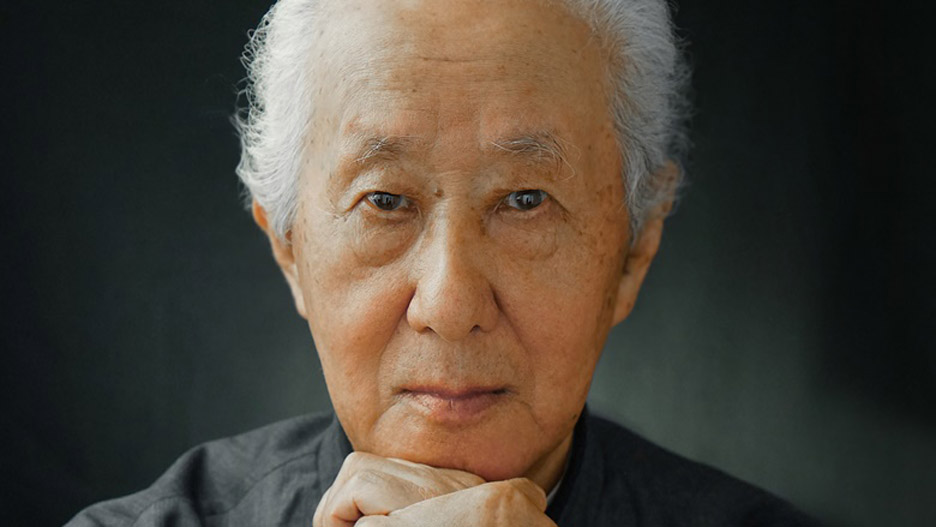
“So, my first experience of architecture was the void of architecture, and I began to consider how people might rebuild their homes and cities.”
Isozaki is the 46th laureate and eighth Japanese architect to win the award, he joins past laureates in the Pritzker canon Oscar Niemeyer, Luis Barragán, Jean Nouvel and Tadao Ando.
Glenn Murcutt remains Australia’s only Pritzker Prize laureate, while Sydney Opera House architect Jørn Utzon was awarded the Pritzker in 2003.
Only two women, Zaha Hadid and Spanish architect Carme Pigem have been awarded a Pritzker.
Often referred to as architecture’s “Nobel Prize”, the Pritzker is awarded each year to honour a living architect.
Isozaki will formally receive the coveted award, which comprises $100,000 and a bronze medallion, in May at the Palace of Versailles.
Isozaki’s work has shaped public life around the world, from the cultural architecture of Barcelona and Greece to art galleries including the Los Angeles’ Museum of Contemporary Art (MOCA).
Here’s a selection from Isozaki’s more than 1,000 built works.
Qatar National Convention Centre, Qatar (2013)
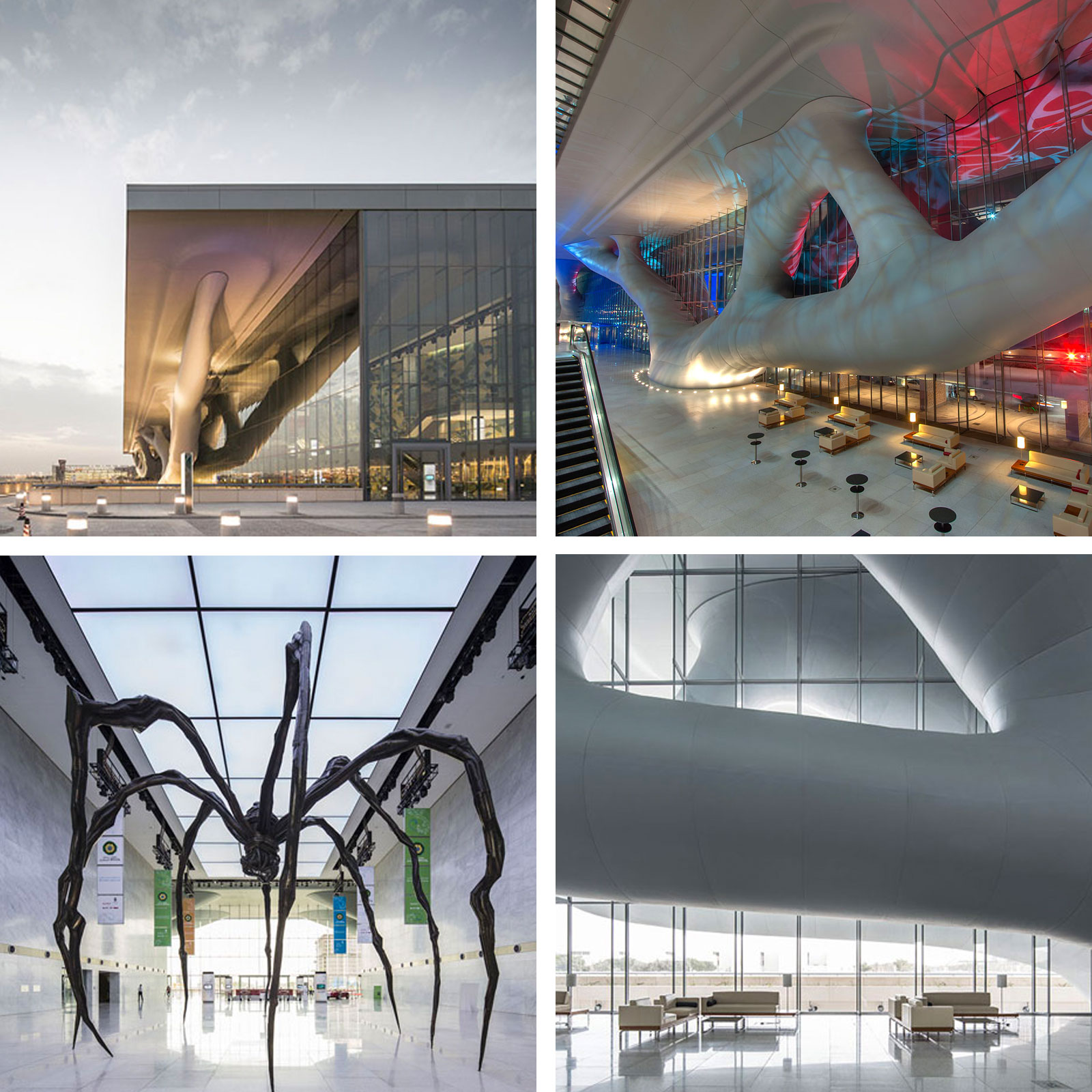
The tree-like column structure supporting the roof of the Qatar National Convention Centre is a reference to the holy Islamic Sidra tree. The building, completed in 2013, can accommodate up to 7000 people.
Nara Centennial Hall, Japan (1999)
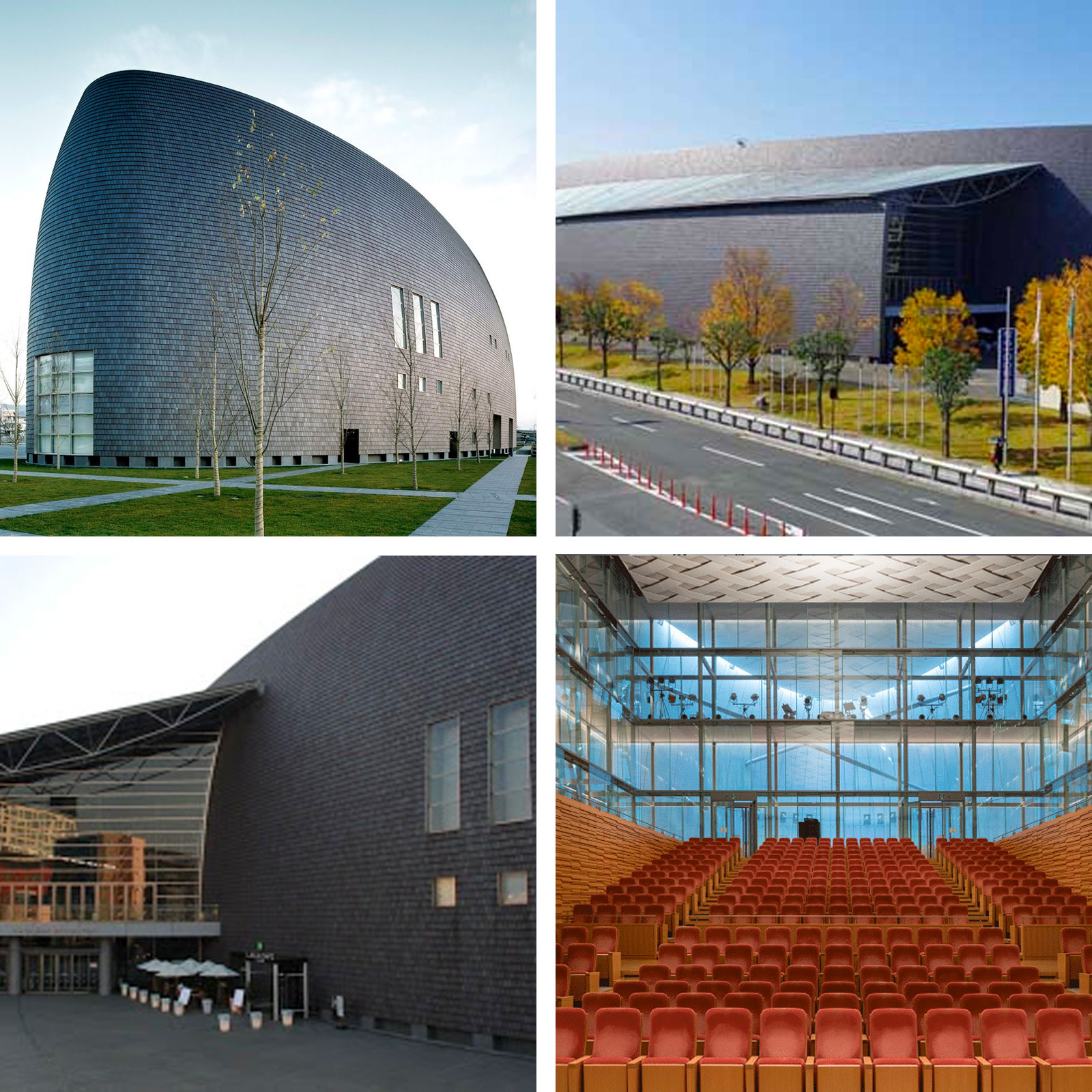
The winning entry of an international architecture competition, the Nara Centennial Hall was completed in 1999 as part of the centennial celebrations of the modern city of Nara.
Kitakyushu Central Library, Japan (1973-74)
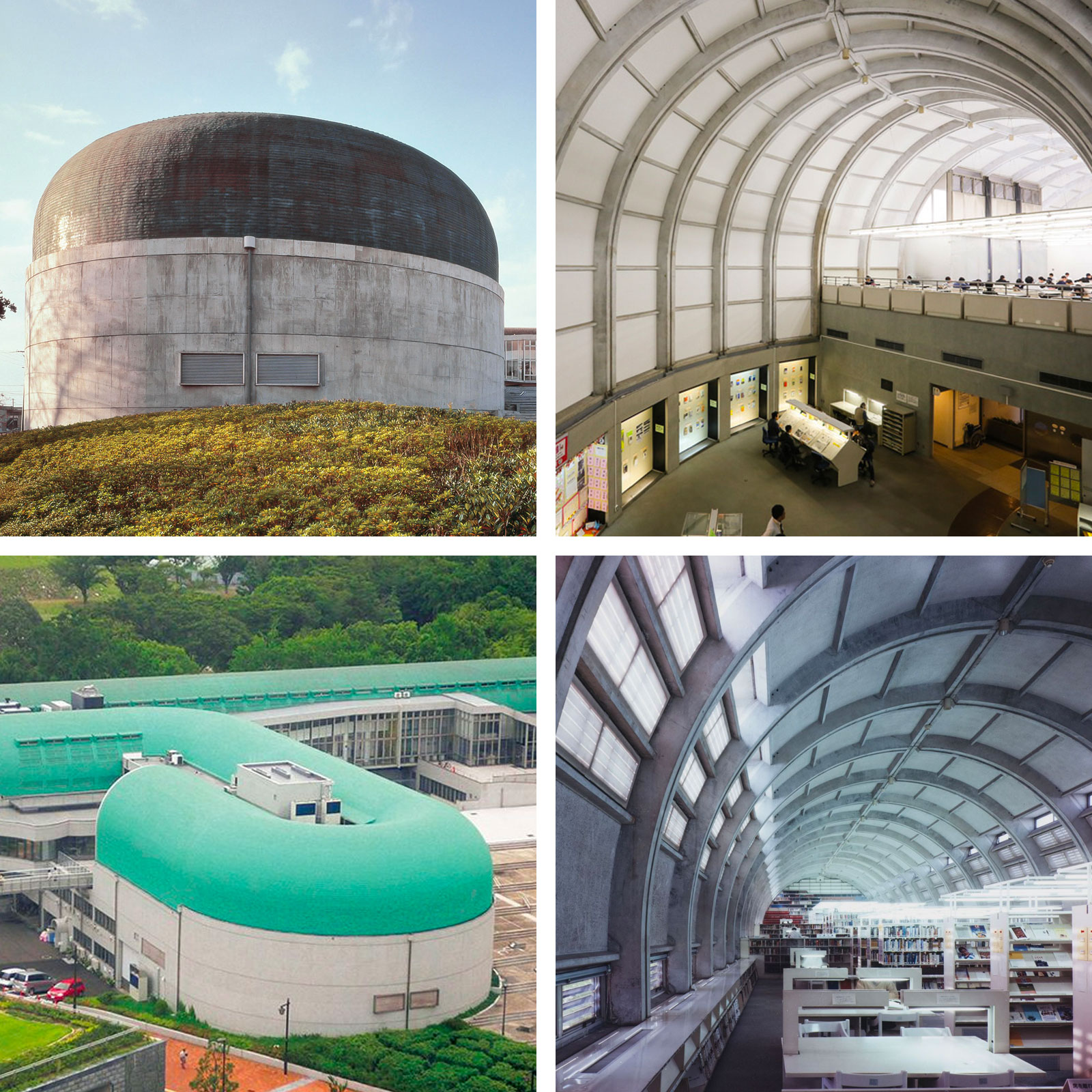
The Kitakyushu central library is a modern interpretation of Etienne-Louis Boullée’s proposed design for the French National Library (1785).
Palau Sant Jordi, Barcelona (1992)
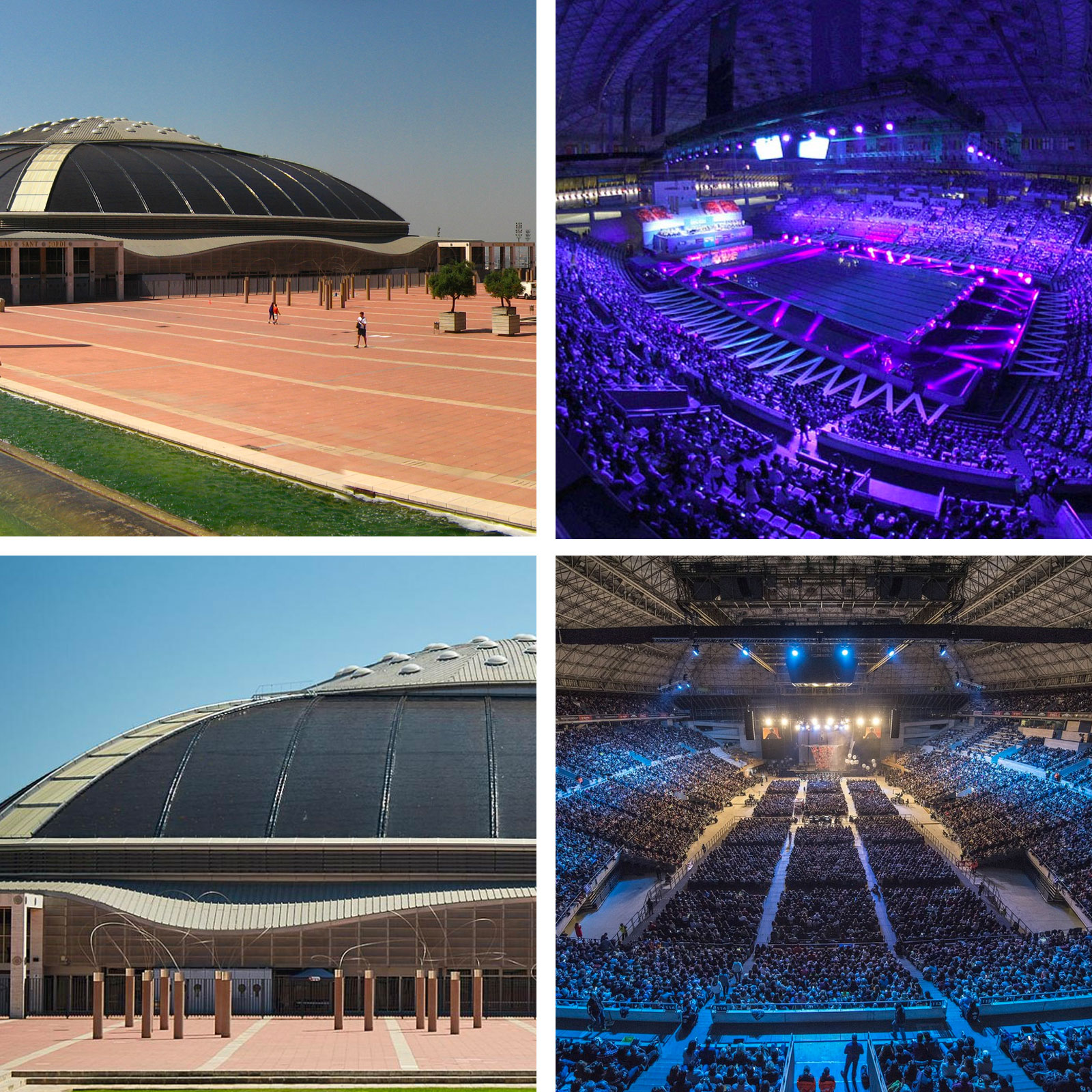
The Palau Sant Jordi in Barcelona was completed for the 1992 Summer Olympic Games.
Shanghai Symphony Hall, Shanghai (2011-14)
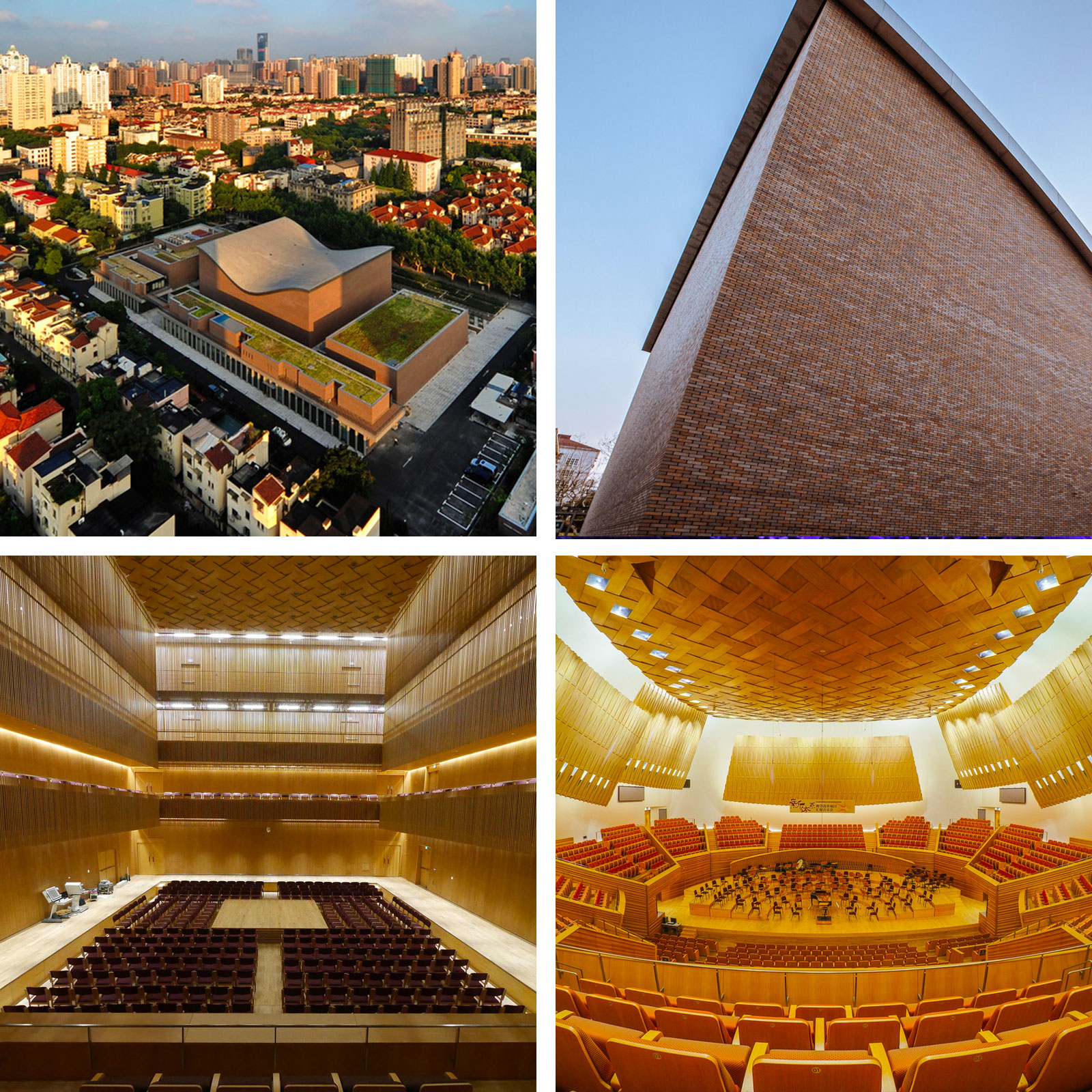
The Shanghai Symphony Hall celebrates the 135th anniversary of Asia's oldest orchestra.
Domus: La Casa del Hombre, La Coruña, Spain (1992)
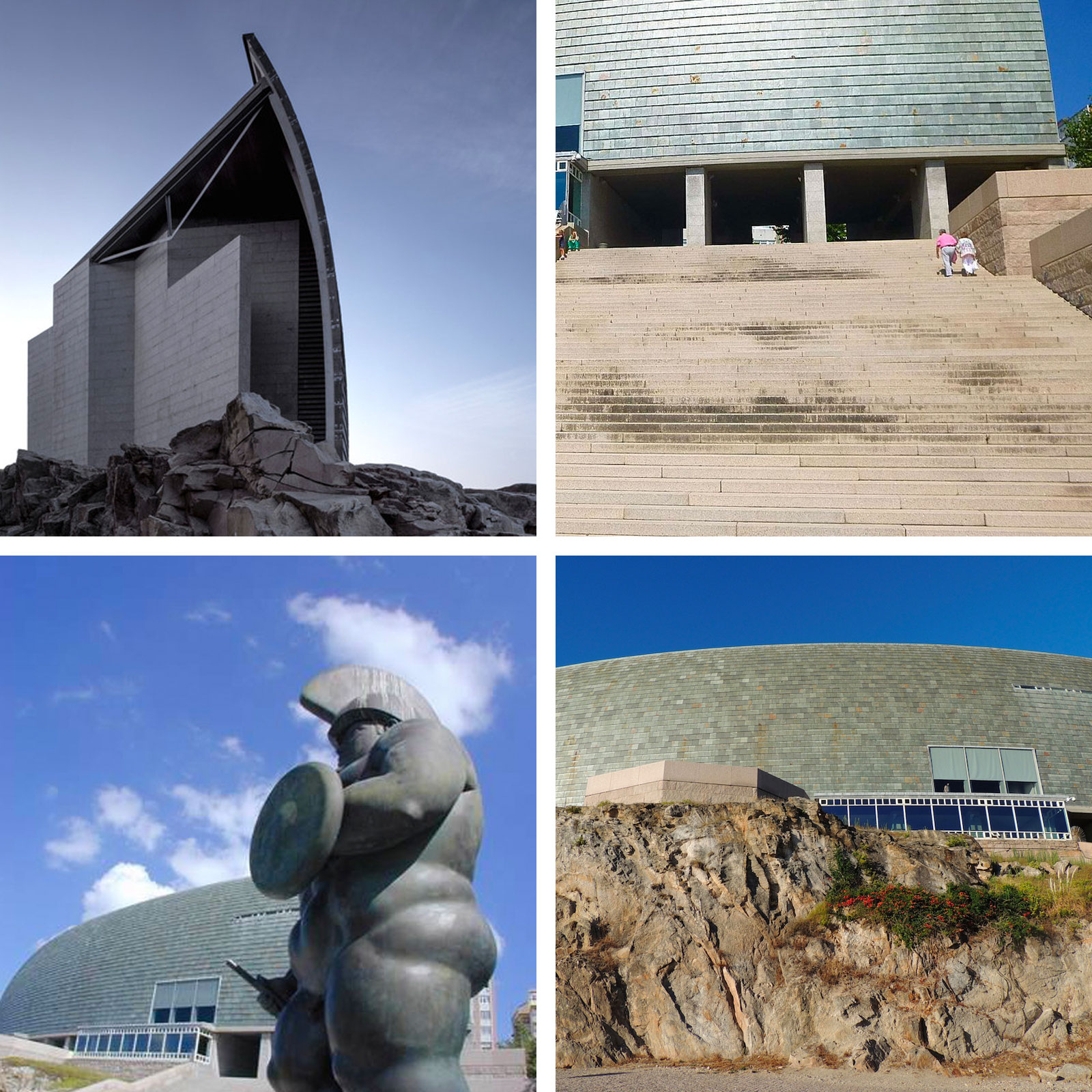
Domus, a science museum on the coast of La Coruna, Spain features curved facades comprising 6,600 slate tiles.
Museum of Contemporary Art (MOCA), Los Angeles (1986)
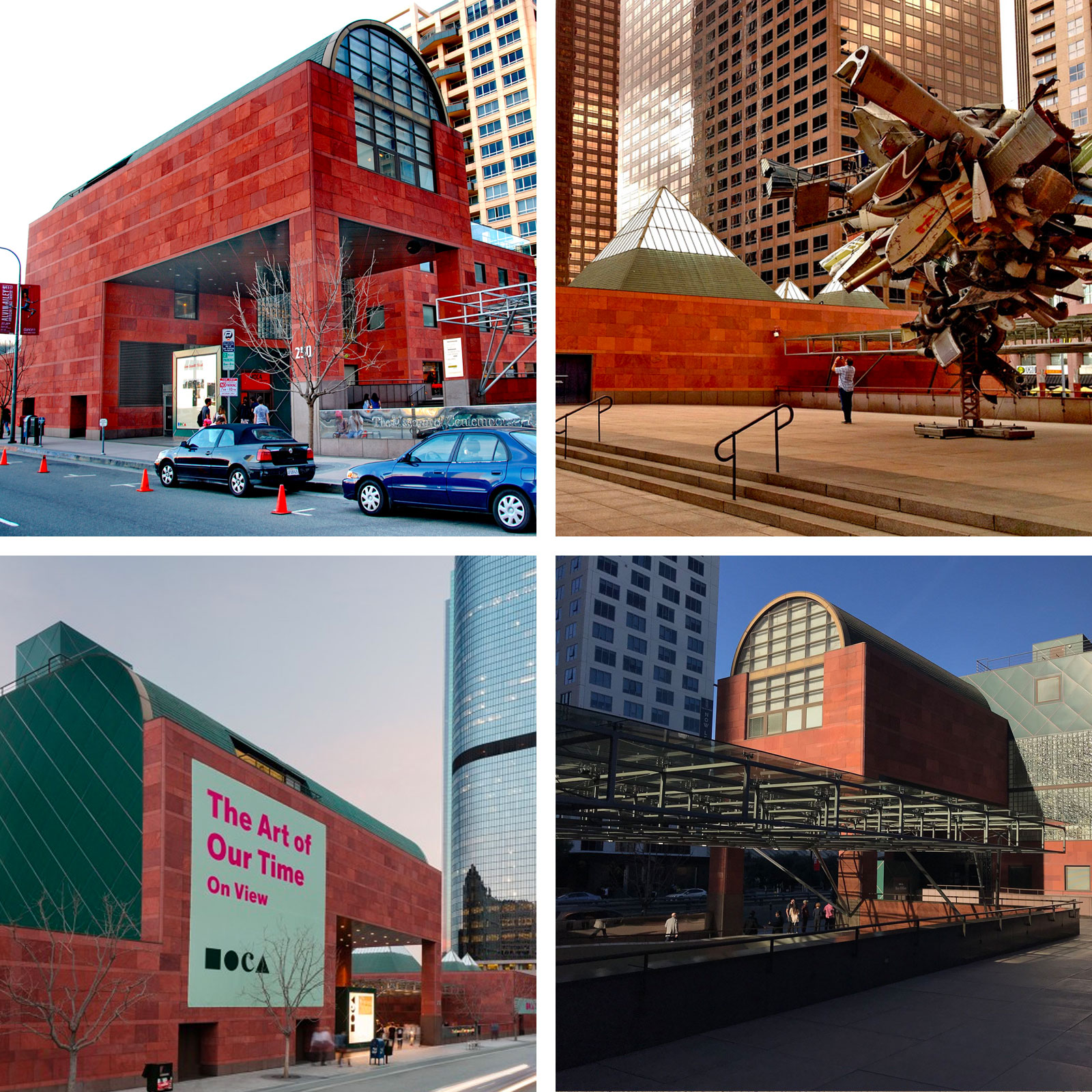
The Museum of Contemporary Art, Los Angeles, designed in the 1980s, was Isozaki's first major international project.















